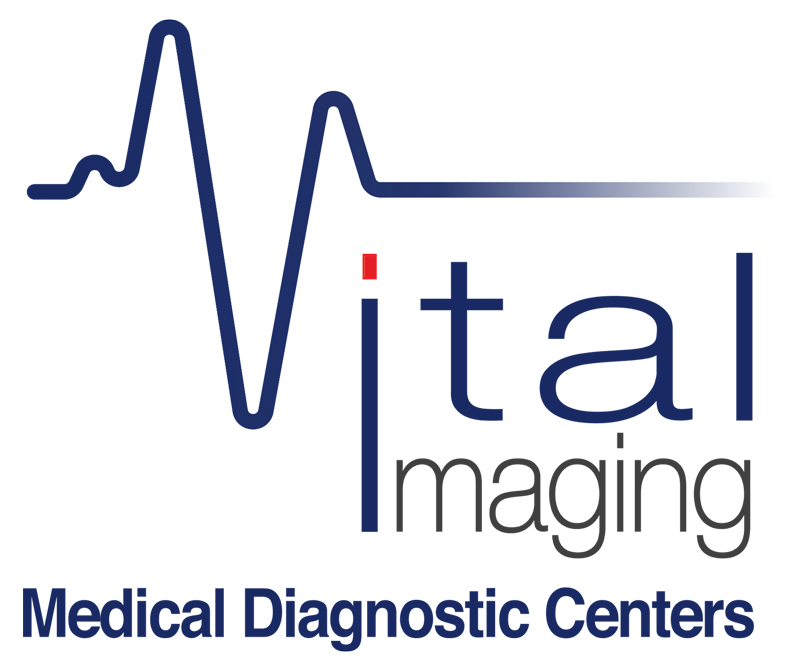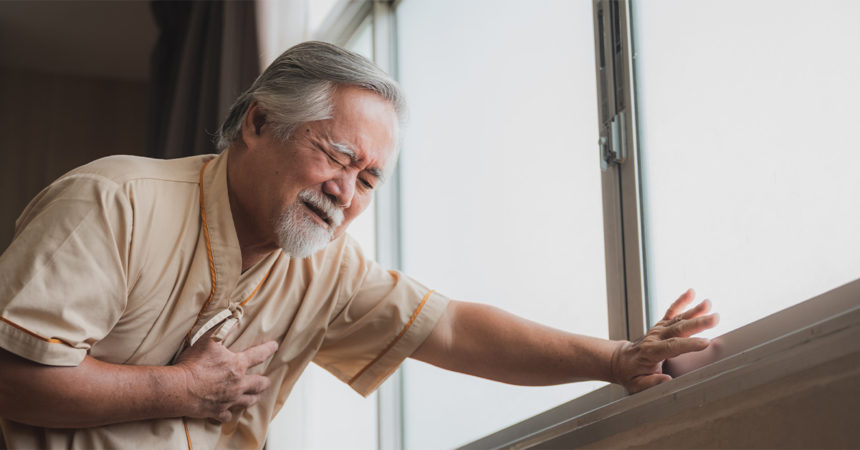Every February 13th through 19th is recognized as National Cardiac Rehabilitation Week and the life-saving impact that cardiac rehab has had on many individuals. Cardiac rehabilitation not only plays a significant role in the reduction of potentially devastating effects resulting from heart disease, it helps to improve the person’s quality of life. In addition to the above, cardiac rehab combines education, exercise, and proper nutrition to help individuals with heart conditions. Furthermore, it helps speed up their recovery and strengthens their heart while decreasing the number of heart disease risk factors.
What are Cardiac Rehabilitations and why is it important?
Cardiac rehabilitation or rehab as it is commonly referred to is a customizable outpatient program that can be tailored to the education and exercise needs of cardiac patients and individuals suffering with some form of heart disease. It is designed to help a person improve their health when recovering from a heart attack or surgical procedure that was used in the treatment of heart disease. Cardiac rehab usually involves:
- exercise training
- emotional support
- education for reducing the risk of heart disease through lifestyle changes including quitting smoking, maintaining a healthier weight, and eating a heart-healthy diet
Cardiac rehab goals include helping to regain your strength, improving your health as well as your quality of life, preventing your condition from getting worse, and reducing the risk of heart problems in the future. It is good to get the proper diagnosis with digital imaging so that your treatment can start properly.
The Use of Diagnostic Imaging
The diagnosis of heart disease and heart problems relies heavily on different diagnostic imaging tests. These tests can be non-invasive and alternatives to more invasive tests such as angiography, a procedure involving catheterization of the heart. Computed or tomography or CT and magnetic resonance imaging or MRI techniques are the most common imaging tests employed.
However, other tools such as Doppler ultrasound, nuclear imaging, and PET-CT scans can provide accurate analysis through visualization of the heart and its surrounding structures. CT scans use contrasting dyes to provide detailed images of the heart and MRI’s capture images of beating hearts and help to evaluate its anatomy and function.
You should consider undergoing cardiac imaging to determine if you’re at a higher risk of developing heart disease. Risk factors include diabetes, a family history of heart attacks and heart disease, high cholesterol levels, hypertension (high blood pressure), obesity, physical inactivity, and smoking.
To learn more about cardiac rehabilitation and the use of diagnostic imaging in heart disease cases, call Vital Imaging at (305) 596-9992 today. Our business representatives are here for your assistance.

